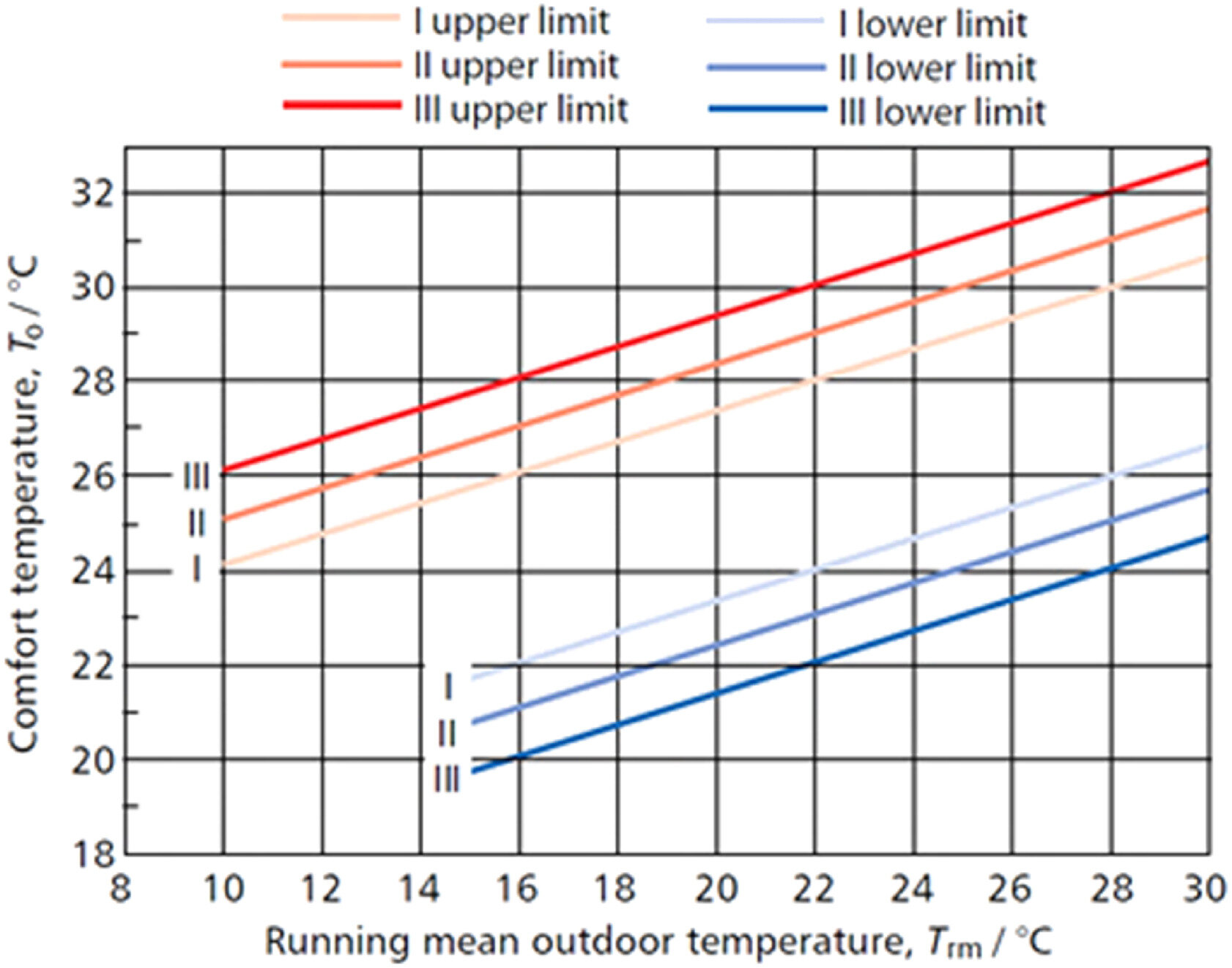
Study: More than 4.6 million English homes experience summertime overheating

The summer of 2018 saw temperatures far above the long-term average in the Northern Hemisphere. It was England’s hottest ever summer, with four heat waves resulting in 1,067 excess deaths. The temperatures experienced in 2018 were typical of those the country is expected to reach by the 2050s.
In this latest study, led by Loughborough University and in partnership with the BRE (Building Research Establishment), summertime overheating in 750 English homes was assessed through both monitoring and questionnaires.
Weighting the results to the national housing stock, the study revealed that 4.6million English bedrooms (19% of the stock) and 3.6million living rooms (15%) overheated.
The other key findings from the study were:
- Overheating was more prevalent in bedrooms at night than in living rooms during the day.
- The prevalence of living room overheating was significantly greater in flats (30%) than other dwelling types.
- Improved fabric energy efficiency did not significantly increase the risk of overheating.
- The prevalence of monitored overheating was greater in households living in social housing, with low incomes or with members aged over state pension age.
The research team are calling for action to be taken to mitigate the risks associated with increased summertime temperatures in existing homes. This includes better control over the methods of construction and refurbishment of flats; targeted public health messaging around overheating especially for those most at risk; and a call to building professionals to design and refurbish dwellings which are cool in summer as well as warm in winter.
Speaking about the study, research lead Professor Kevin Lomas from Loughborough’s School of Architecture, Building and Civil Engineering, said: “With global temperatures likely to be 1.5 ◦C above pre-industrial levels by 2052, the threats posed by climate change are of world-wide concern. Heatwaves will increase in frequency, intensity, and duration, and so will the health risks associated with them.
“With the majority of fatal heat exposures in developed nations occurring indoors, the findings of our study show just how many homes in England are at risk of overheating. With the most vulnerable members of our society—the elderly, the very young, those living in deprived areas, and those with chronic physical and/or mental health conditions—being most at risk, action needs to be taken now to mitigate the dangers increased temperatures will bring.”
Helen Garrett, Principal Consultant at the BRE added: “With British summers getting hotter, we’re all feeling the heat a lot more. This research identifies where some of the biggest challenges are—in flats, in our bedrooms at night, and for older and poorer households. The construction industry can use this to think about how to build future homes, and retrofit existing homes, which will be more comfortable in heatwaves like the one we’re enduring now.”
The research paper, “Dwelling and household characteristics’ influence on reported and measured summertime overheating: A glimpse of a mild climate in the 2050s,” is published in the international journal Building and Environment.
K.J. Lomas et al, Dwelling and household characteristics’ influence on reported and measured summertime overheating: A glimpse of a mild climate in the 2050s, Building and Environment (2021). DOI: 10.1016/j.buildenv.2021.107986
Citation:
Study: More than 4.6 million English homes experience summertime overheating (2021, July 26)
retrieved 26 July 2021
from https://techxplore.com/news/2021-07-million-english-homes-summertime-overheating.html
This document is subject to copyright. Apart from any fair dealing for the purpose of private study or research, no
part may be reproduced without the written permission. The content is provided for information purposes only.
Stay connected with us on social media platform for instant update click here to join our Twitter, & Facebook
We are now on Telegram. Click here to join our channel (@TechiUpdate) and stay updated with the latest Technology headlines.
For all the latest Technology News Click Here
For the latest news and updates, follow us on Google News.

